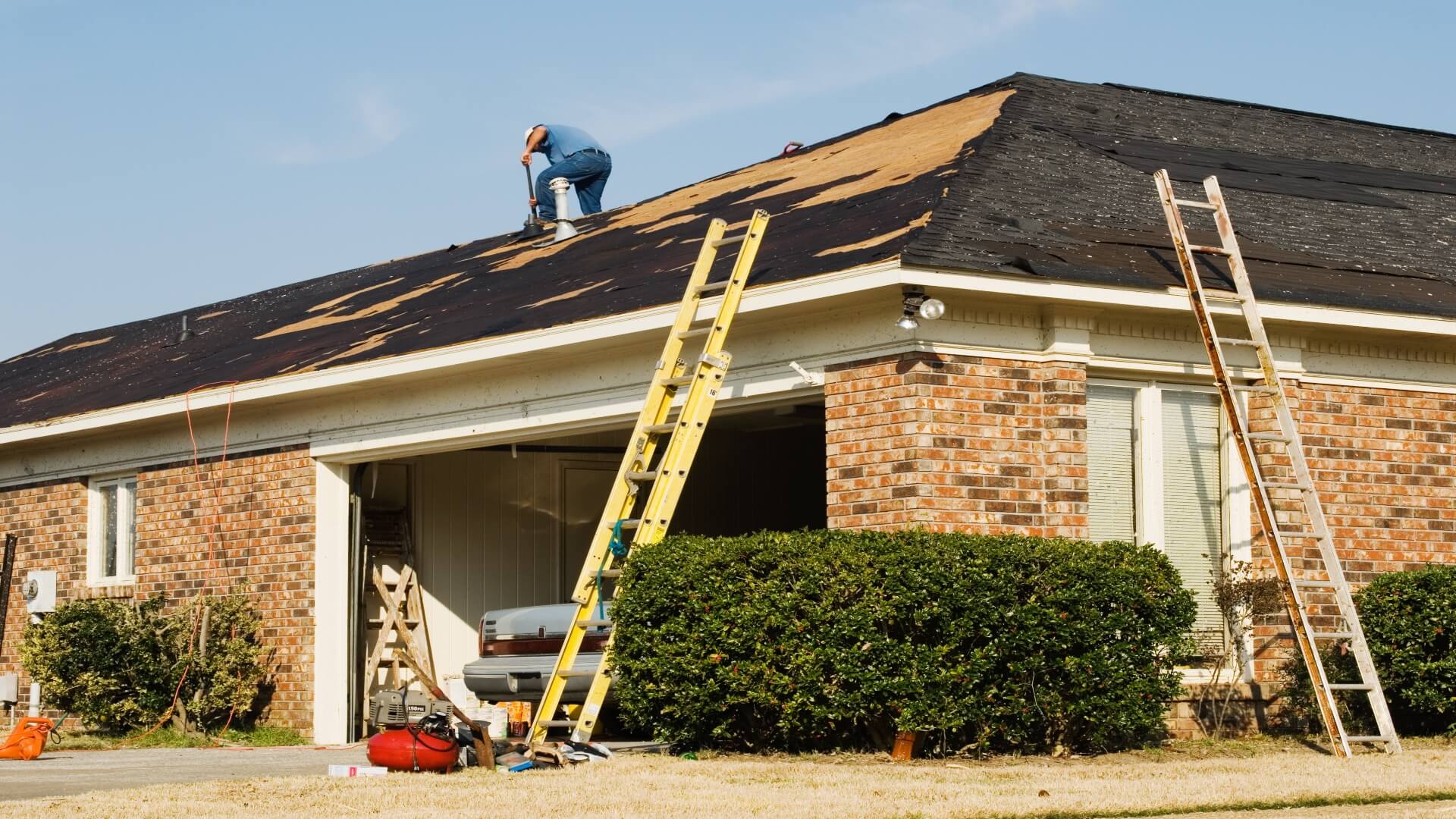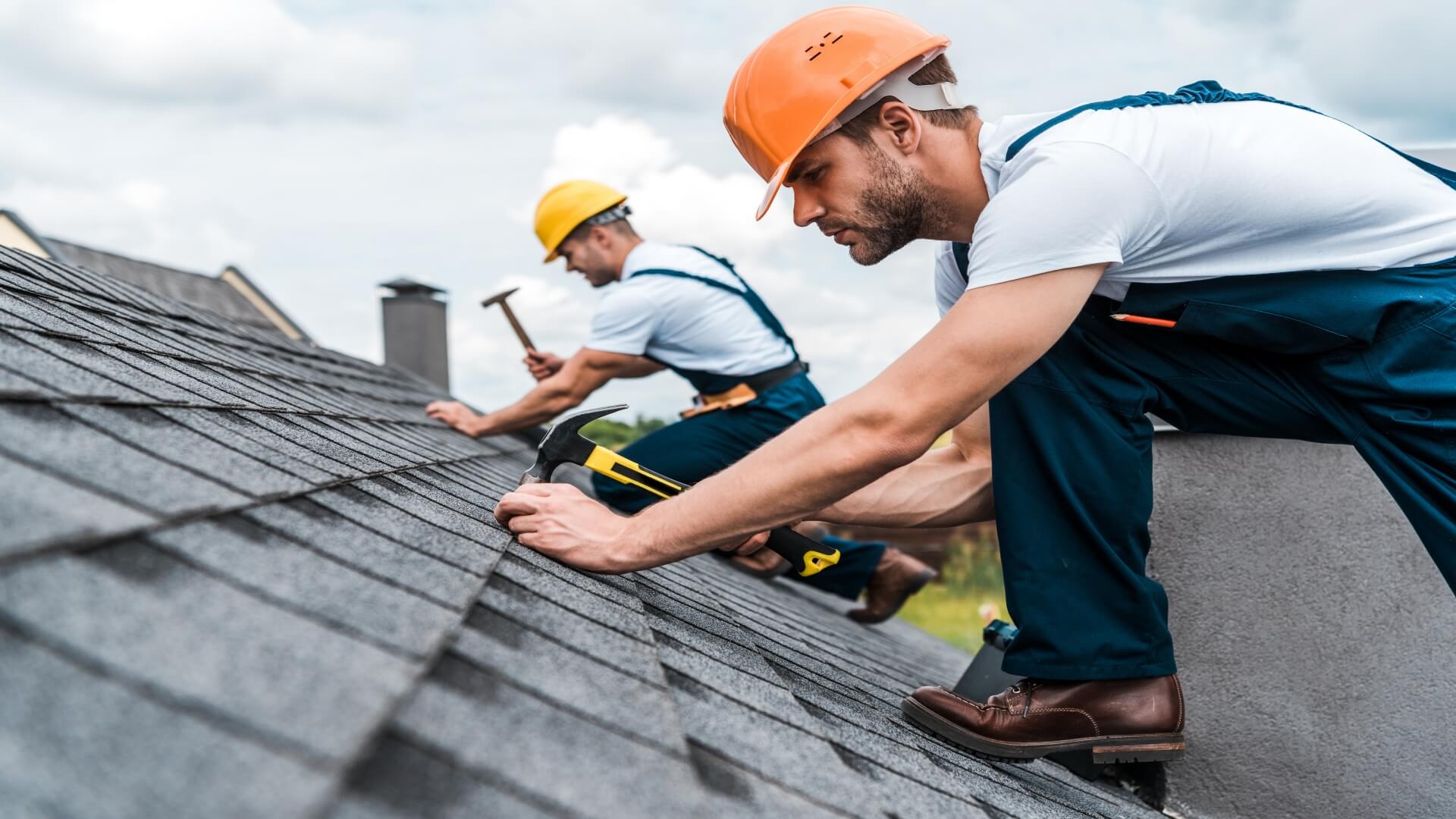Your roof takes a beating every single day—from the harsh sun to fierce wind to damaging rain and hail. And while most roofing materials are designed to withstand Mother Earth’s wrath and are manufactured to last for decades, damages are inevitable.
Some may need a simple repair, but others will require roof replacement. So, how do you know which one you need? This article shares four factors to determine whether your roof can still be repaired or you’ll need to do a major project that is a replacement.
1. Roof Age
Depending on the material, roofs are designed to be durable and last for decades. That said, even the most durable material can’t last forever. Every roofing material has a recommended lifespan or an expiration date. And you can use that to determine which process is necessary.
If your roof is still decades away from retiring but damages occur due to inclement weather conditions or other outdoor elements, you may still patch these issues. However, if your roof is well beyond its recommended lifespan and the damages are caused by deterioration due to old age such as sagging or rotting, then replacing your roof may be a better option.
Now, if you don’t know your roof’s age, consider consulting an expert contractor like Arrowhead Roofing and others who can help determine whether damages are from old age. They can also help guide you through the process and ensure prompt and quality roofing services.
2. Extent Of Damage
The extent of roofing damage or current condition is a major factor indicating whether the roof needs repair or replacement.
According to experts, minor to moderate damages covering less than 30% of your roof is still repairable. Just make sure that there are no potential hidden damages that could indicate a more serious problem.
Now, if the damage is extensive—whether from a fallen tree after a storm or widespread damage underneath such as a large area of rusting metal or rotting sheathing—roof replacement is a more viable choice.
3. Your Budget
Neither roof repair nor replacement is pocket-friendly. Obviously, though, a roof replacement is more expensive than simple repairs.
For instance, the cost of replacing your roof in the US ranges between USD$5,000 and USD$11,000. Although expensive, you’ll be able to recoup some of the cost of replacing it when you decide to sell your home soon—at least 60% of its value.
However, if you don’t have the budget, a roof repair may be a better choice to patch up minor issues. In general, repairing minor roof issues such as missing or broken shingles can cost you around USD$370 to USD$1,700. Meanwhile, major repairs such as fixing moisture barriers or structural damage can cost you up to USD$7,500.
Now, while repairs may be somewhat cheaper than a whole roof replacement, the cost may pile up if you’ll have to do constant repairs. In this case, a roof replacement is a more practical choice while also eliminating the hassle of repairing your roof every few weeks.
4. Long-Term Plans
The next factor you need to consider is your plans on staying in your current home. If you’re thinking about moving and selling your home in a few years, a brand-new roof can be an attractive selling point for potential buyers.
It can drastically improve your home’s curb appeal, making it look years younger. Not only will a new roof turn heads, but it also allows you to increase your asking price. This means you have a better chance of getting more value for your home than with an old roof. Of course, simple repairs can also drive up the value of your home, but not as much as replacing your whole roof.
Now, if you’re planning to stay in it forever, then you can decide on which method is suitable based on the above factors. Take note, however, that you may be able to justify the cost of upgrading your roof since your cost will spread out over the life of your home.
Takeaway
Unlike re-painting walls or refinishing cabinets, both roof repair and replacement are major home improvement projects. So, when damage occurs, it’s helpful to know whether you can still fix it or it’s beyond repair.
You don’t want to do a simple repair on a damaged spot only to find out that the issue runs deeper. Consequently, you don’t want to start tearing down your whole roof and spending thousands of dollars when a quick repair should be enough.
So, make sure to keep in mind the above-mentioned factors to help you make a well-informed decision on what to do with your damaged roof.
































